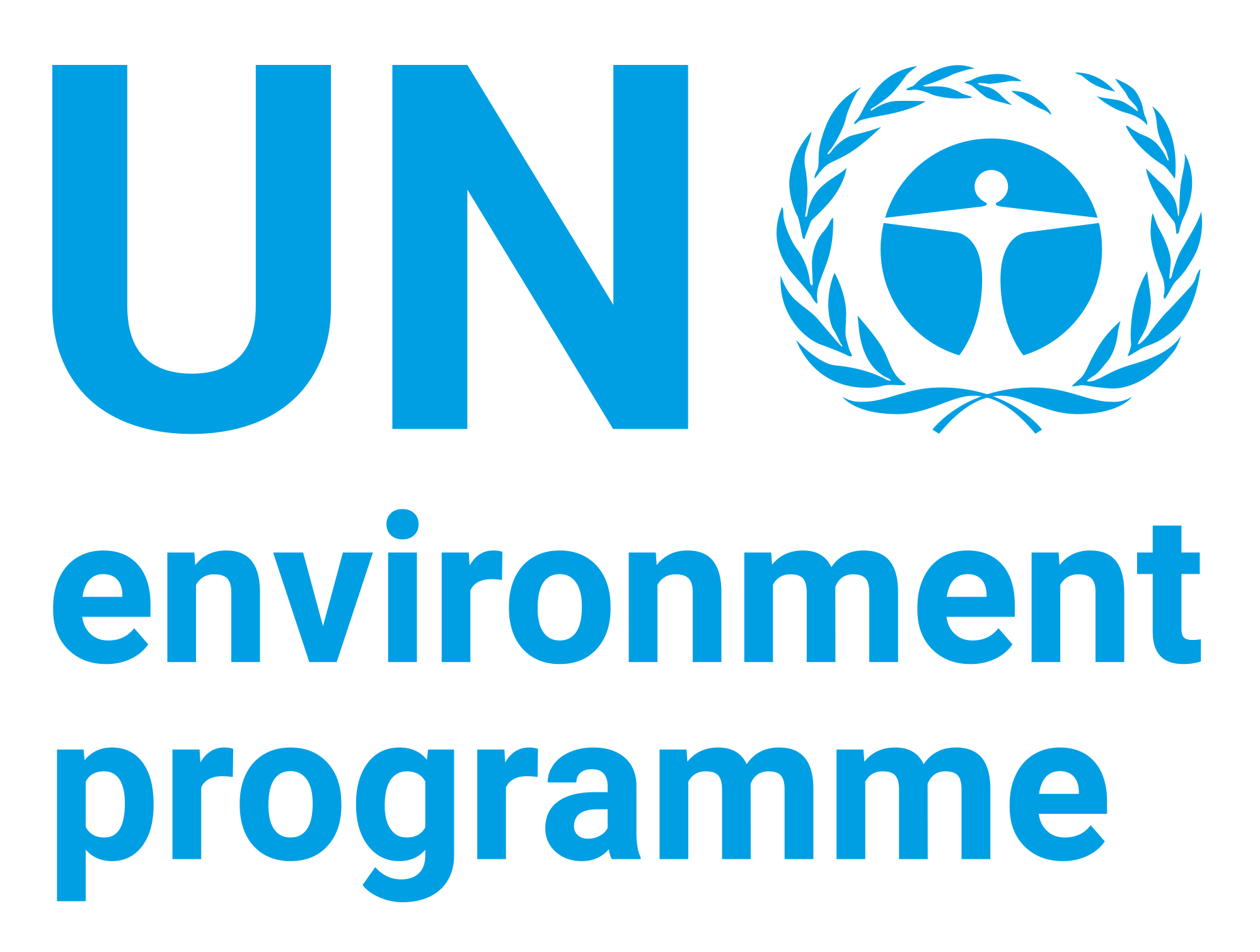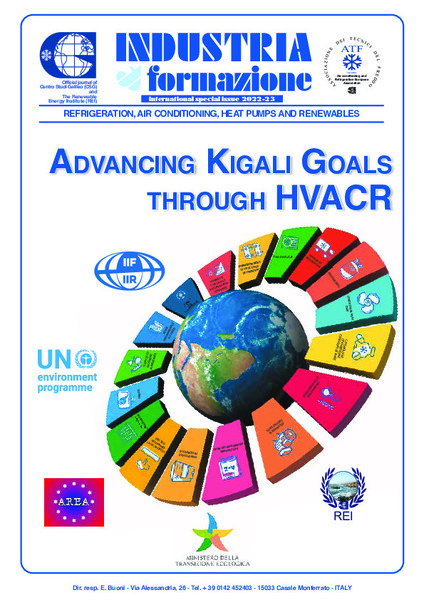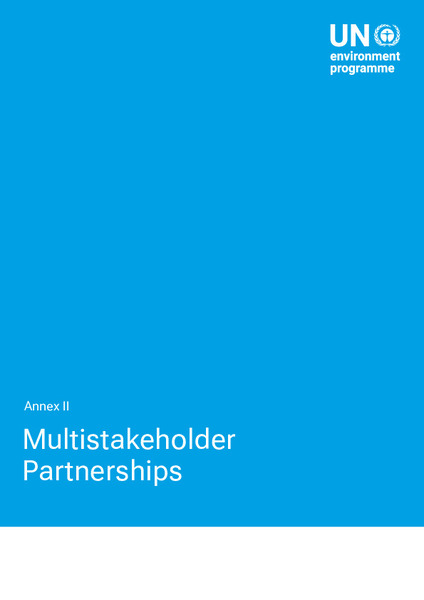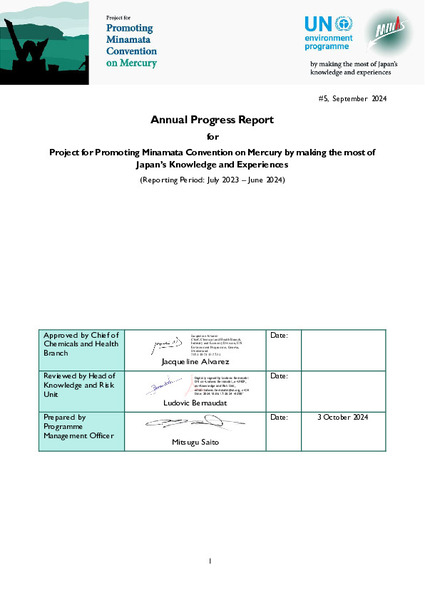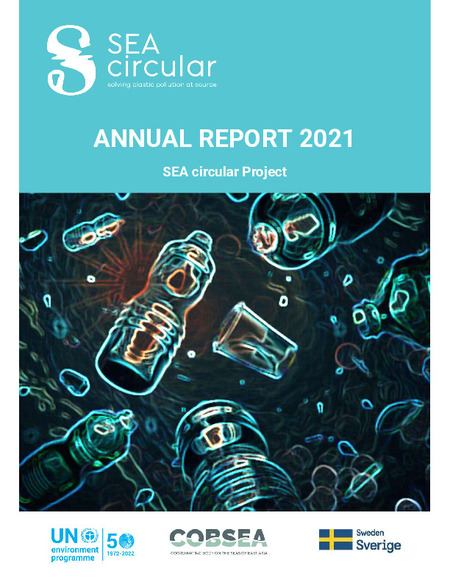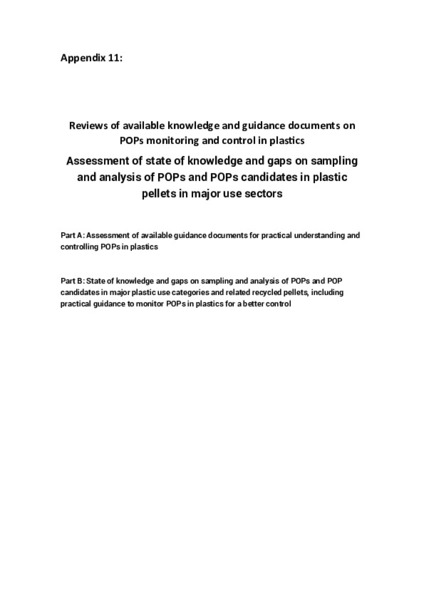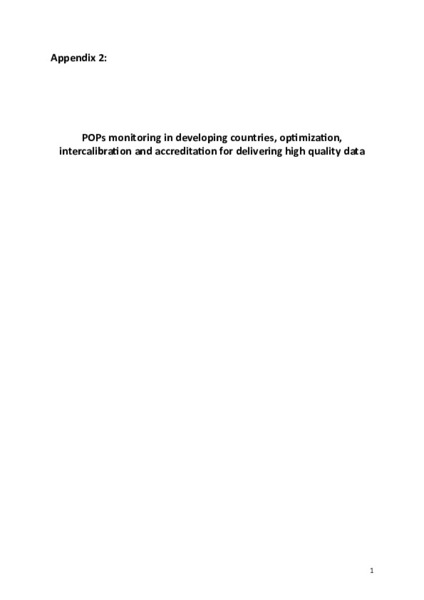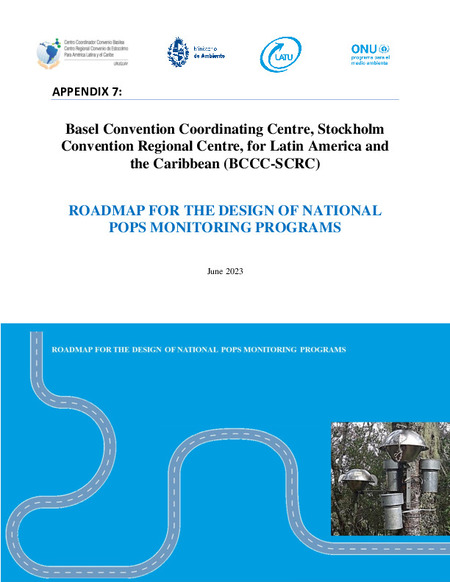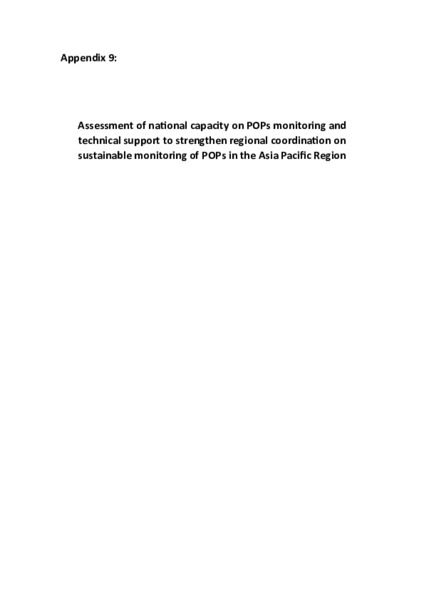Browsing Reports, Books and Booklets by Topic "Chemicals and Pollution Action"
Now showing items 1-20 of 204
-
1, 3-Dichloropropene, 1, 2-Diciiloropropane and Mixtures Health and Safety Guide 76
(1992)Commercial 1,3-dichioropropene is a mixture of cis- and trans- isomers and 92% pure. It may also be used in admixtures with 1 ,2-dibromoethane (Dorloe) or with 1 ,2dichloropropane (D-D , soil fumigant; Nemex Telone , and ... -
1,1,1 - Trichloroethane - Environmental Health Criteria 136
(1992)1,1,1-Trichloroethane is a chlorinated hydrocarbon which is manufactured from vinyl chloride or vinylidene chloride by chlorination. The world production was approximately 680 000 tonnes in 1988. It is a colourless, ... -
2, 4 - Dichlorophenoxyacetic Acid (2,4-d): Environmental Aspects - Environmental Health Criteria 84
(1989)2,4-D is a selective herbicide which kills broad-leaved plants but not grasses or conifers. Its chemical structure is a modification of a naturally occurring plant hormone. 2,4-D is available as the free acid but is ... -
2-Nitropropane - Environmental Health Criteria 138
(1992)2-Nitropropane (2-NP) is a colourless, oily liquid with a mild odour. It is flammable, only moderately volatile, and stable under ordinary conditions. It is only slightly soluble in water but miscible with many organic ... -
Acetonitrile - Environmental Health Criteria 154
(1993)Acetonitrile (CH3CN) is a by-product of acrylonitrile manufacture. It may also be formed by the combustion of wood and vegetation. It is a liquid with an ether-like odour. Acetonitrile is a volatile, highly polar ... -
Advancing Kigali Goals through HVACR - Industria Formazione International Special Issue 2022-23
(Centro Studi Galileo and Renewable Energy Institute, 2022-11)The eighth edition of the International Special Issue, Advancing Kigali Goals through HVACR produced by Centro Studi Galileo is a compilation of invaluable articles from leading global associations and experts, including ... -
Aldicarb Health and Safety Guide - Health and Safety Guide 64
(1991)Aldicarb has a slight sulfur smell. It has a melting point of 100 °C and a specific gravity of 1.195 at 25 °C. it is soluble in water, sensitive to heat, and relatively unstable. Analytical methods for aldicarb include ... -
Alpha- and Betahexachlorocyclohexanes (Alpha- and Beta-HCHs) Health and Safety Guide
(1991)a- and 13-HCH can be determined separately from the other isomers, by gas chromatography with electron-capture detection, and other methods, after extraction by liquid/liquid partition and purification by column chromatography. ... -
An Investigation of Alternatives to Mercury Containing Products
(2003)An investigation of alternatives to mercury containing products -
Annex - Chemicals and Waste Issues of Concern: A summary analysis of stakeholders’ views on priorities for further work and potential further international action
(2024-10)This annex presents detailed summaries of the written submissions for each issue of concern discussed in the main report entitled Chemicals and Waste Issues of Concern: A summary analysis of stakeholders’ views on priorities ... -
Annex II - Multistakeholder Partnerships
(2024-07) -
Annual Progress Report for Project for Promoting Minamata Convention on Mercury by Making the Most of Japan’s Knowledge and Experiences - (Reporting Period: July 2023 – June 2024)
(2024-09)Project for ‘Promoting Minamata Convention on Mercury by making the most of Japan’s knowledge and experiences’ has turned around the key cornerstone to focus more on illegal mercury trade issue which was highlighted at ... -
Annual Report 2021 - SEA Circular Project
(2022-04)The SEA circular project - "Reducing marine litter by addressing the management of the plastic value chain in South-East Asia" – aims to reduce marine plastic litter by ensuring that less plastic is entering general solid ... -
Appendix 11: Reviews of Available Knowledge and Guidance Documents on POPs Monitoring and Control in Plastics
(2023-05)The current document briefly introduces the individual guidelines and guidance documents to provide an overview of the available information and support for controlling POPs in plastics. -
Appendix 1: Training Reports in the African Region
(2018-04)This document is a compilation of training activities implemented as part under the GMP projects. -
Appendix 2: POPs monitoring in developing countries, optimization, intercalibration and accreditation for delivering high quality data
(2018-04)The objective of the Stockholm Convention on Persistent Organic Pollutants (POPs) is to protect human health and the environment from POPs. The global monitoring plan (GMP) under the SC was designed to assess the effectiveness ... -
Appendix 6: Assessment of National POPs Monitoring Capacity and Needs of Africa, Asia and Pacific, and Latin America and the Caribbean Countries
(2022-10)To evaluate the POPs monitoring capabilities and needs of countries in Africa, Asia-Pacific and Latin America and the Caribbean regions, the National Implementation Plans (NIPs) and National Reports of the Stockholm ... -
Appendix 7: Roadmap for the Design of National POPs Monitoring Programs
(2023-06)Many authors establish that environmental monitoring refers to systematic sampling of air, water, soil, and biota in order to observe and study the environment, as well as to derive knowledge from this process. UNECE ... -
Appendix 8: National Road Maps from Two Pilot Countries, Mexico, and Ecuador
(2023-06)La información contenida en este perfil de país, si bien limitada a datos de calidad del aire y de los estudios realizados dentro del Plan de Monitoreo Global (GMP, por sus siglas en inglés), así como de algunos estudios ... -
Appendix 9: Assessment of National Capacity on POPs Monitoring and Technical Support to Strengthen Regional Coordination on Sustainable Monitoring of POPs in the Asia Pacific Region
(2023-07)Enhancing the national capacity for monitoring persistent organic pollutants (POPs) among member Parties of the Stockholm Convention is a critical strategy to promote the global monitoring plan for POPs. This strategy can ...
